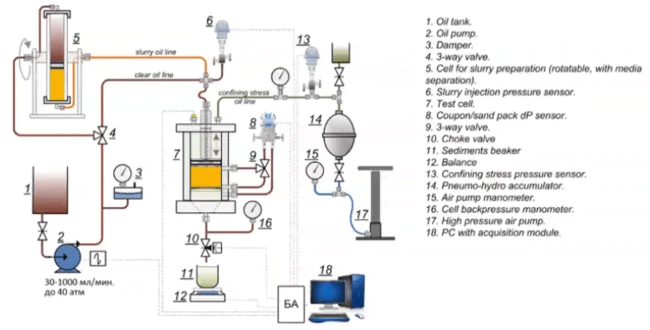Sand Retention Testing
Sand retention tests are an area of great importance for the SCL test lab. These tests serve as a practical tool for selecting screen slot clearance values, with the goal of maximizing productive fluid flow and minimizing sanding by choosing the optimal slot clearance.
There are two types of sand retention tests:
- Slurry SRT;
- Gravel Prepack SRT.
Both tests involve taking samples from the wire winding of the screen element and determining the sample permeability, while also taking into account the formation of a sand crust on the sample surface. The suspension test simulates the gradual formation and growth of the crust on the sample and analyzes the speed of its emergence. The gravel prepack test involves placing a crusted sand pack on the coupon under test to simulate the process of rock collapse on the screen surface. Unfortunately, there are no universally accepted standards for these two types of tests.
Our laboratory is currently working on a version of the gravel repacking test that incorporates elements of the suspension test.
The Slurry/Prepack SRT stand, which includes the main elements, is being constructed for this purpose:
- Two hydraulic lines: clear oil line, slurry line;
- Confining stress line;
- Low volume oil pump;
- Shaker for preparing a homogeneous slurry;
- Test camera with sample;
- Snubber;
- Scales for determining the mass of the leaked fluid;
- Pressure sensors;
- Shut-off valves, fittings;
- Data logging system.
Test setup
- Preparation of the screen element test sample, installation of the sample in the test chamber;
- Determination of sample permeability on clean oil;
- Switching the pump to the slurry line, formation of a sand pack on the coupon at a constant pressure drawdown of 200 psi
- Fluid flow rate control;
- Collection of particles that have passed through the coupon to analyze the concentration and mass of particles produced
- When the sand pack/crust height of 0.5 in is reached, the compaction line pressure should be increased to 1,200 psi to create a simulated overburden pressure;
- Determination of samples plus sand pack permeability by clean oil pressurization at a constant pressure drawdown of 200 psi;
- Removing the sand pack and measuring the retained permeability of the sample.
The results of the test are
- The amount of formation material that passed through the screen;
- The retained permeability of the screen;
- The size of the particles produced through the screen.
Two basic criteria are used to determine the optimal screen clearance:
- Hodge criterion (Hodge, et al, in SPE 73772): produced solids greater than 0.12 lb/ft2 of formation sand;
- Screen retained permeability is 50% or greater.








